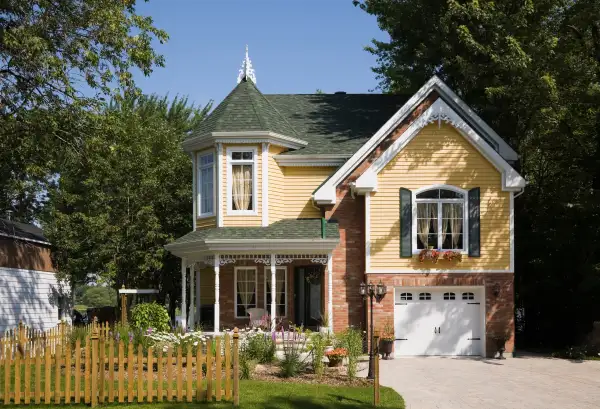Home Sales Just Hit Their Highest Levels in More Than a Decade. How Long Can the Market Remain Red Hot?

You’ve probably heard the news — everyone wants to buy a house this year.
September was no exception. Last month existing-home sales grew 9.4% over August to a seasonally-adjusted annual rate of 6.54 million, according to data released by the National Association of Realtors Thursday. That's the highest annualized sales have been since 2006. It also means 21% more previously-owned homes were sold in September 2020 than in September 2019.
September house prices also soared — up 15% from a year earlier to a median of $311,800. Meanwhile, seven in ten homes sold during the month were on the market for less than 30 days.
With mortgage rates also clocking a record low on Thursday — 2.8% for a 30-year fixed-rate mortgage, according to Freddie Mac — it’s easy to imagine we’re back to the heady days before the Great Recession when it seemed demand would never quit and home prices would keep rising.
But experts are already calling for caution.
“What to make of that giant US existing homes sales print this morning?” asked Len Kiefer, deputy chief economist at Freddie Mac, in a Tweet. “I wouldn't get overly excited, it's still primarily catch up from a lost spring.”
In a thread, Kiefer went on to explain that total sales for the year are roughly where he would have expected if pre-pandemic trends continued uninterrupted. You’ll recall, lockdowns essentially paused home sales (and basically everything else) from April through June. Kiefer’s argument is that the surging sales right now are just making up for that lost time.
Bill McBride, author of the popular real estate economics blog Calculated Risk, pointed out that year-to-date sales are down about 0.2%. “That itself is pretty remarkable,” Keifer noted, considering the massive job losses also caused by the pandemic.
Ralph McLaughlin, chief economist for home equity startup Haus, made a similar case in a thread of his own. Tweeting: “Basically what’s happened is that the spring/summer demand has been pushed to the fall. Normally the market starts cooling in September, so this September *looks* exceptionally hot compared to most Septembers.”
Adding: “Perma-bulls are going to run with this saying everything is back to normal, but I fear they’re speaking too soon. Inventory is incredibly low, and this isn’t going to help sales recover through the rest of the year once seasonality starts to kick in.”
According to NAR, total housing inventory fell to 1.47 million — just a 2.7-month supply at the current pace of sales. That’s down from three-months' in August and the lowest level since NAR started tracking month’s supply in 1982. Economists say a healthy market has about a six-month supply. Supply hasn’t been that high in years, but the pandemic has only made things worse. There was a four-month supply in September 2019.
"There is no shortage of hopeful, potential buyers, but inventory is historically low," wrote Lawrence Yun, NAR’s own chief economist in the data release. "To their credit, we have seen some homebuilders move to ramp up supply, but a need for even more production still exists."
More from Money:
The Home Buyer's Dilemma: As Mortgage Rates Fall, House Prices Soar out of Reach
